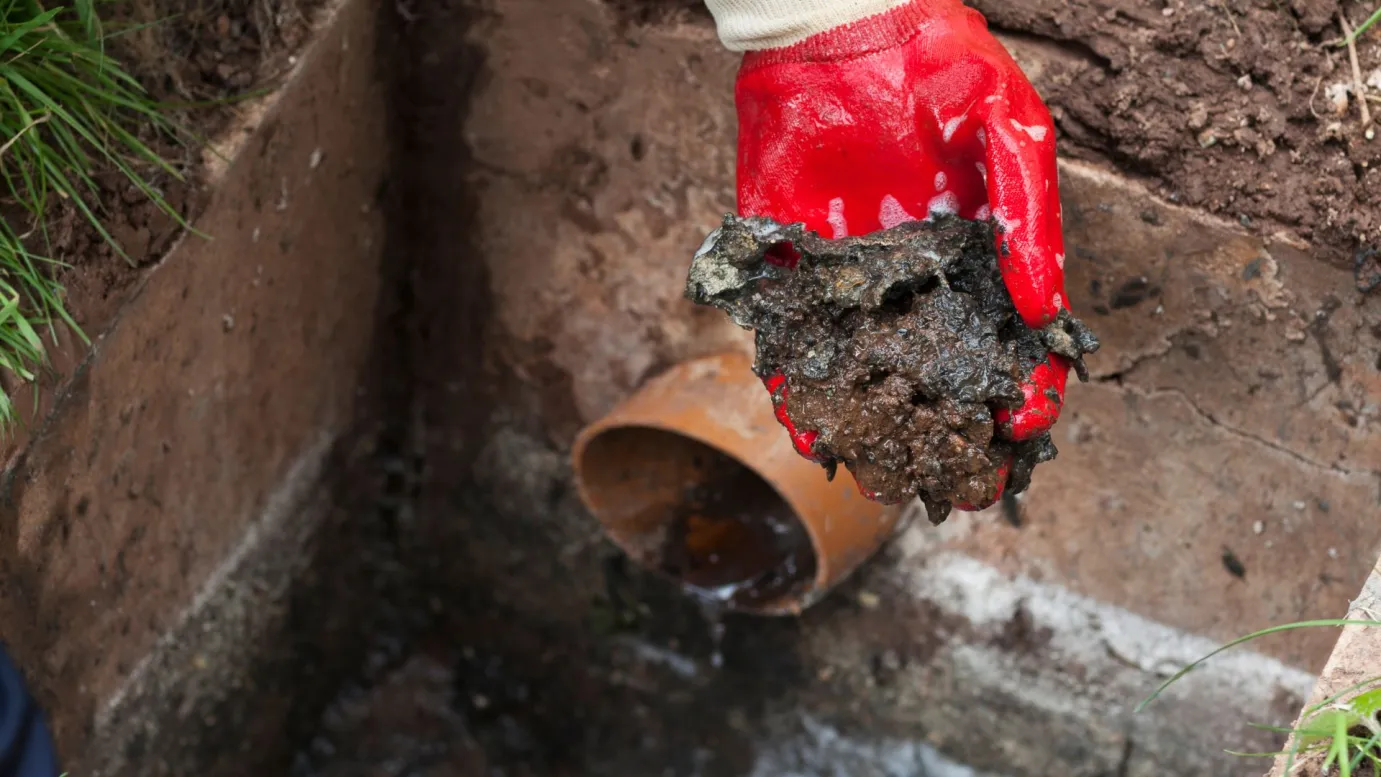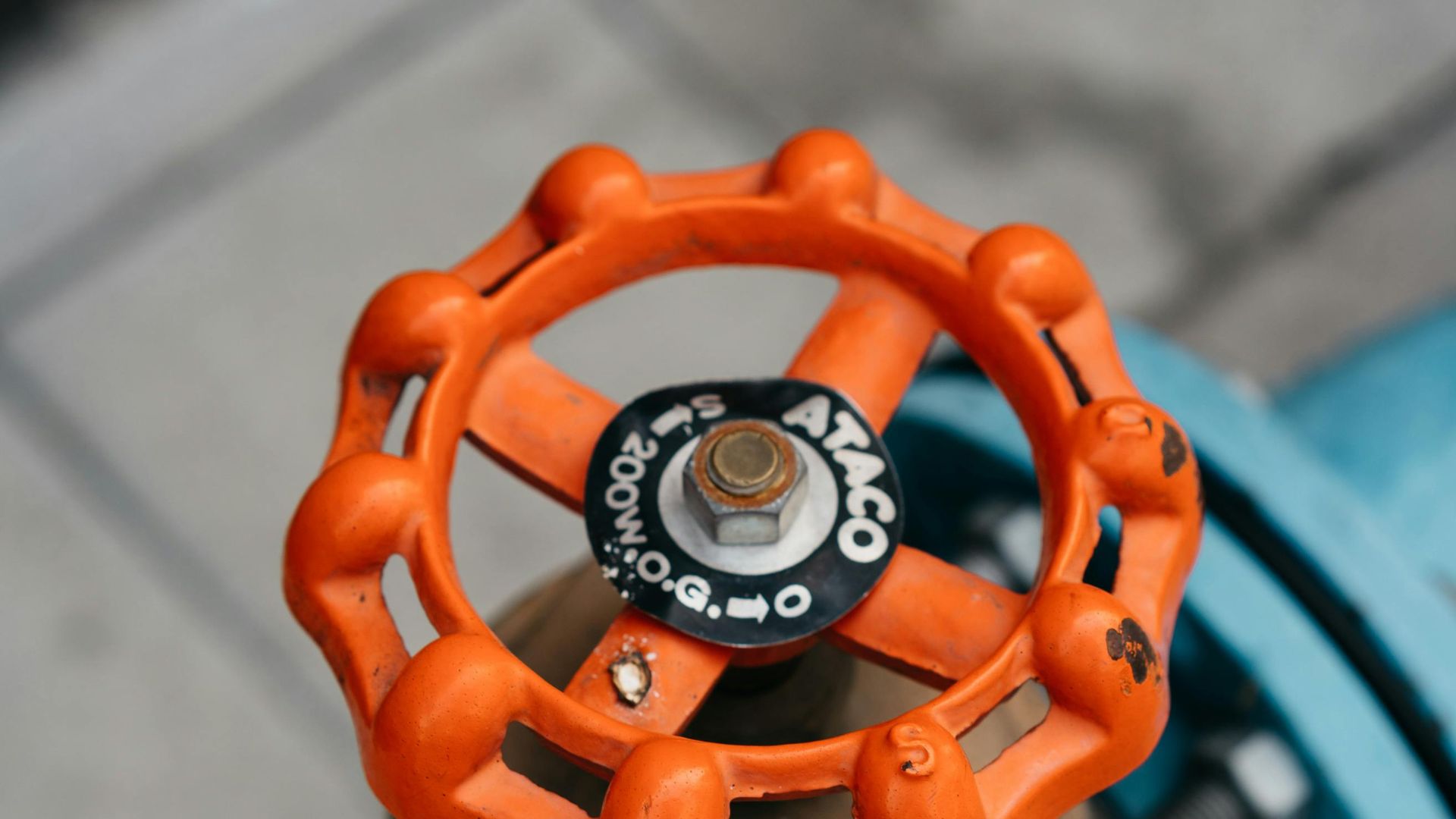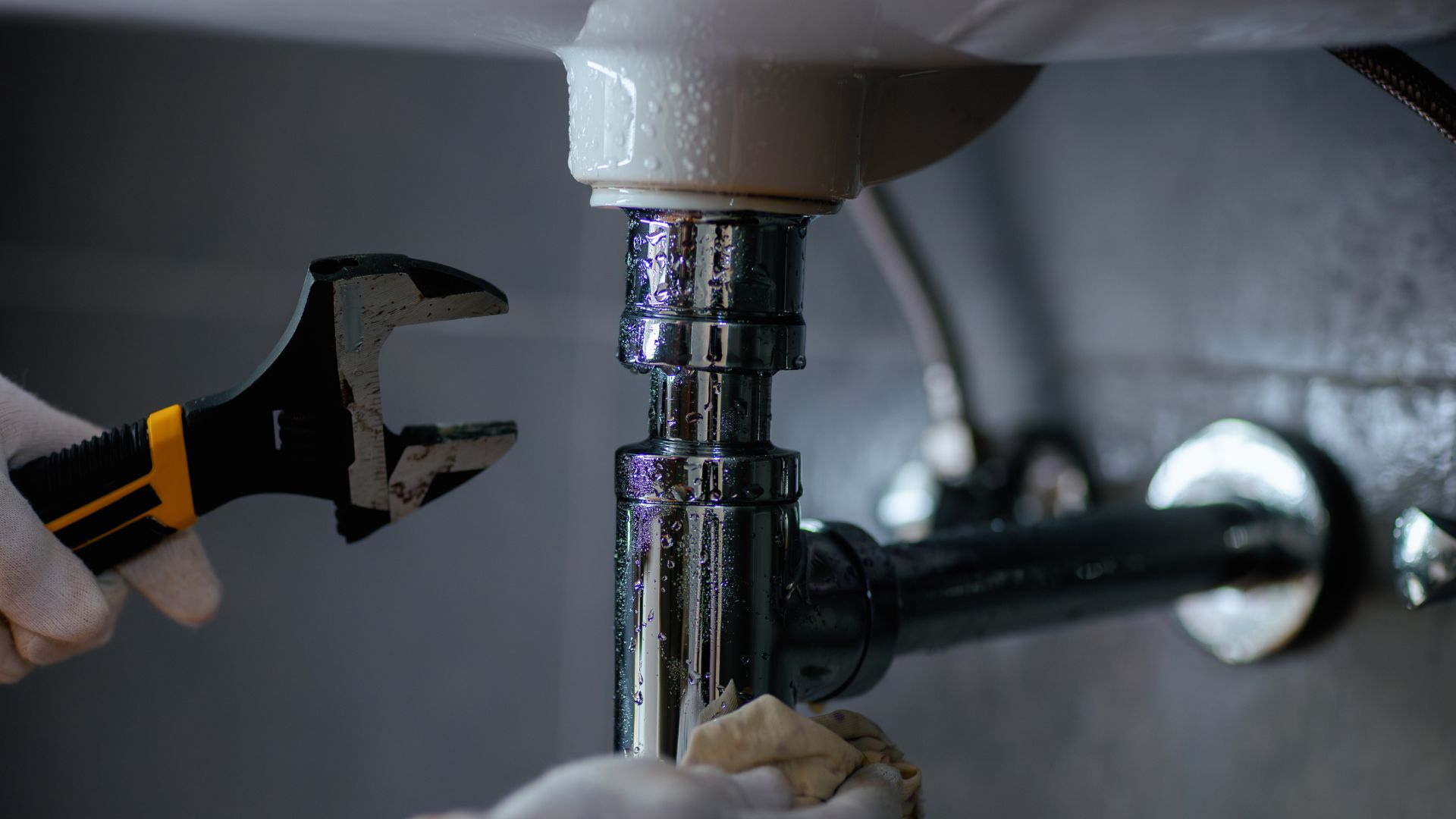Sick of battling damaged pipes and fed up with the chaos of traditional pipe replacement? Pipe relining might just be the answer. This cutting-edge method seamlessly fixes your plumbing woes by inserting a new lining into the existing pipe, all without the drama of heavy digging.
In this step-by-step guide, we’ll walk you through the pipe relining process, covering everything you need to know about this cutting-edge approach to drain repair. From the initial inspection using a CCTV drain camera to the application of an epoxy resin liner, we’ll explain how pipe relining can effectively resolve your plumbing issues with minimal disruption to your property.
Explore why pipe relining beats old-school replacements. It’s not just about convenience—it’s a durable solution to keep your pipes in check. Whether your pipes are clogged or battered, our guide will arm you with the know-how and assurance to choose the top relining options for your place.
What is Pipe Relining?
Pipe relining is a game-changing solution for repairing damaged pipes without the need for extensive excavation. This innovative technique involves inserting a new pipe lining into the existing pipe, creating a durable "pipe within a pipe" that can effectively resolve various plumbing issues.
The process begins with a thorough inspection of your pipes using a CCTV drain camera to assess the extent of the damage. Once the inspection is complete, any debris or blockages are removed to ensure a smooth surface for the new lining.
Next, a specially designed liner is inserted into the damaged pipe. This liner is typically made from a strong, flexible material such as epoxy resin, which can withstand the demands of your plumbing system. Using hot water or steam, the liner is then cured in place, forming a seamless, leak-free pipe within the old one.
Pipe relining offers numerous advantages over traditional pipe replacement methods. It is a minimally invasive process that requires little to no digging, reducing the risk of damage to your property and landscaping. Additionally, the new lining is highly durable and resistant to corrosion, providing a long-lasting solution for your pipes.
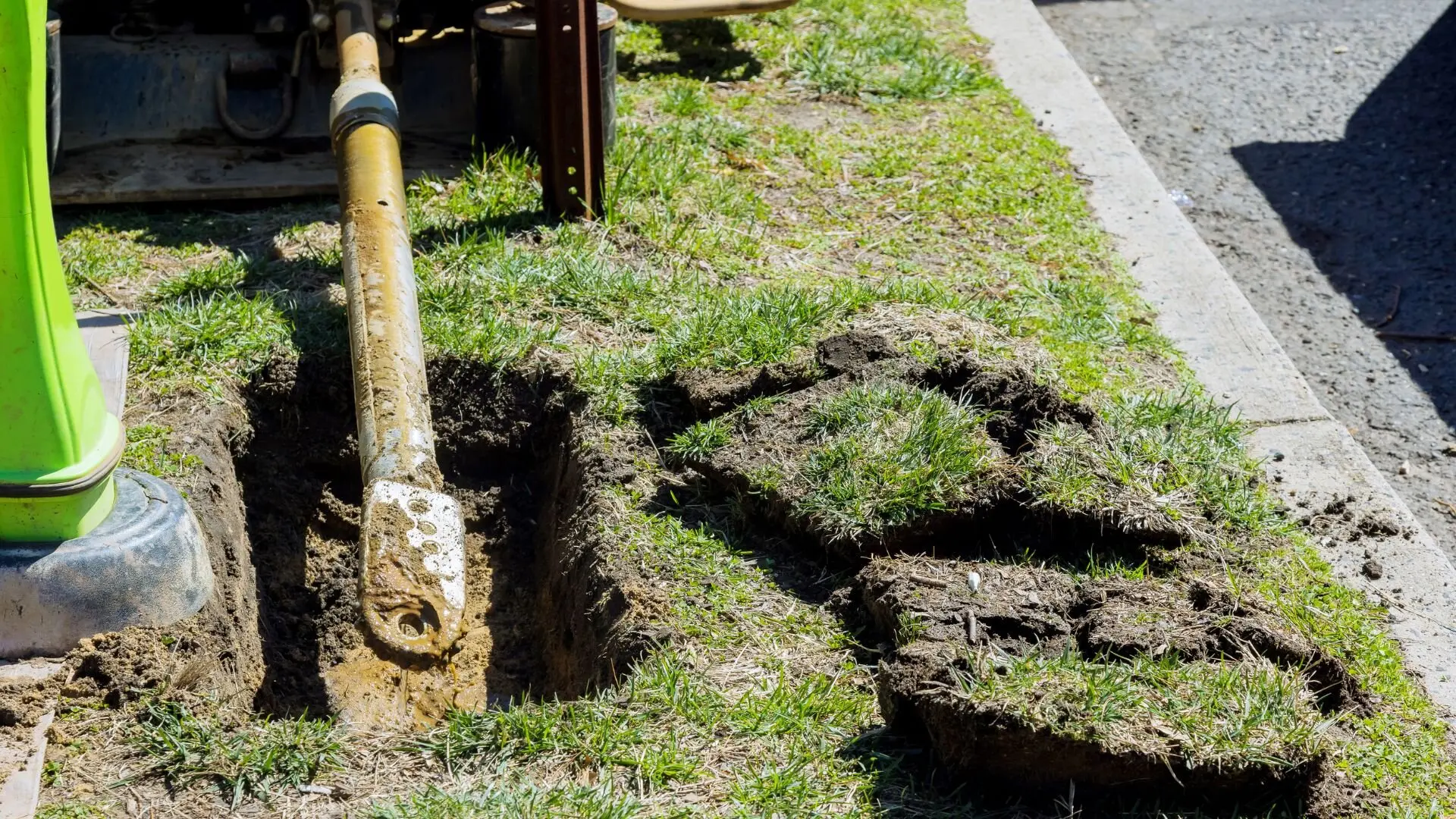
The real win with pipe relining is its speed. Depending on how bad the damage is and how long the pipe stretches, everything’s usually wrapped up in a few hours. That’s less downtime, and you can get back to normal quicker.
When it comes to cost, pipe relining is often more affordable than traditional pipe replacement, especially when considering the added expenses of excavation and restoration. Plus, with a properly relined pipe, you can enjoy peace of mind knowing that your plumbing system is protected against future leaks, cracks, and blockages.
If you have damaged or blocked pipes, knowing about the pipe relining process and what it entails is essential. The best pipe relining services will provide a comprehensive solution for your pipe repair needs, ensuring that your plumbing issues are resolved efficiently and effectively.
The repair process is designed to be as minimally invasive as possible from the initial inspection to the final cured pipe inspection. With the help of advanced techniques like CIPP (cured-in-place pipe) and brush coating, pipe relining can restore your drainage system to optimal functioning without the need for major excavation or disruption to your property.
So, if you’re considering pipe relining as a solution for your damaged pipes, be sure to research the best pipe relining options available and choose a reputable provider with a proven track record of success. With the right pipe relining services, you can enjoy a long-lasting, cost-effective solution that will keep your plumbing system running smoothly for years to come.
Benefits of Pipe Relining Over Traditional Pipe Replacement
Have you ever wondered why pipe relining is gaining popularity? It’s simple – this innovative approach offers a plethora of benefits compared to traditional pipe replacement methods. Let’s delve into some key advantages.
When it comes to cost, pipe relining is a smart choice. It skips the major digging, which cuts down on labour and fix-up costs. Plus, the materials are usually cheaper than laying a whole new pipe within the existing one.
The process of pipe relining is also far less disruptive. Nobody likes the idea of their property resembling a construction site. Relining is a stress-free solution that is minimally invasive. Once the initial inspection of the pipe is complete, the repair process can begin without the need to dig up your yard or driveway.
Plus, pipe relining gets the job done much faster than replacing pipes. Often, it’s all sorted in just a fraction of the time. That’s less hassle and quicker repairs, getting everything back to normal sooner.
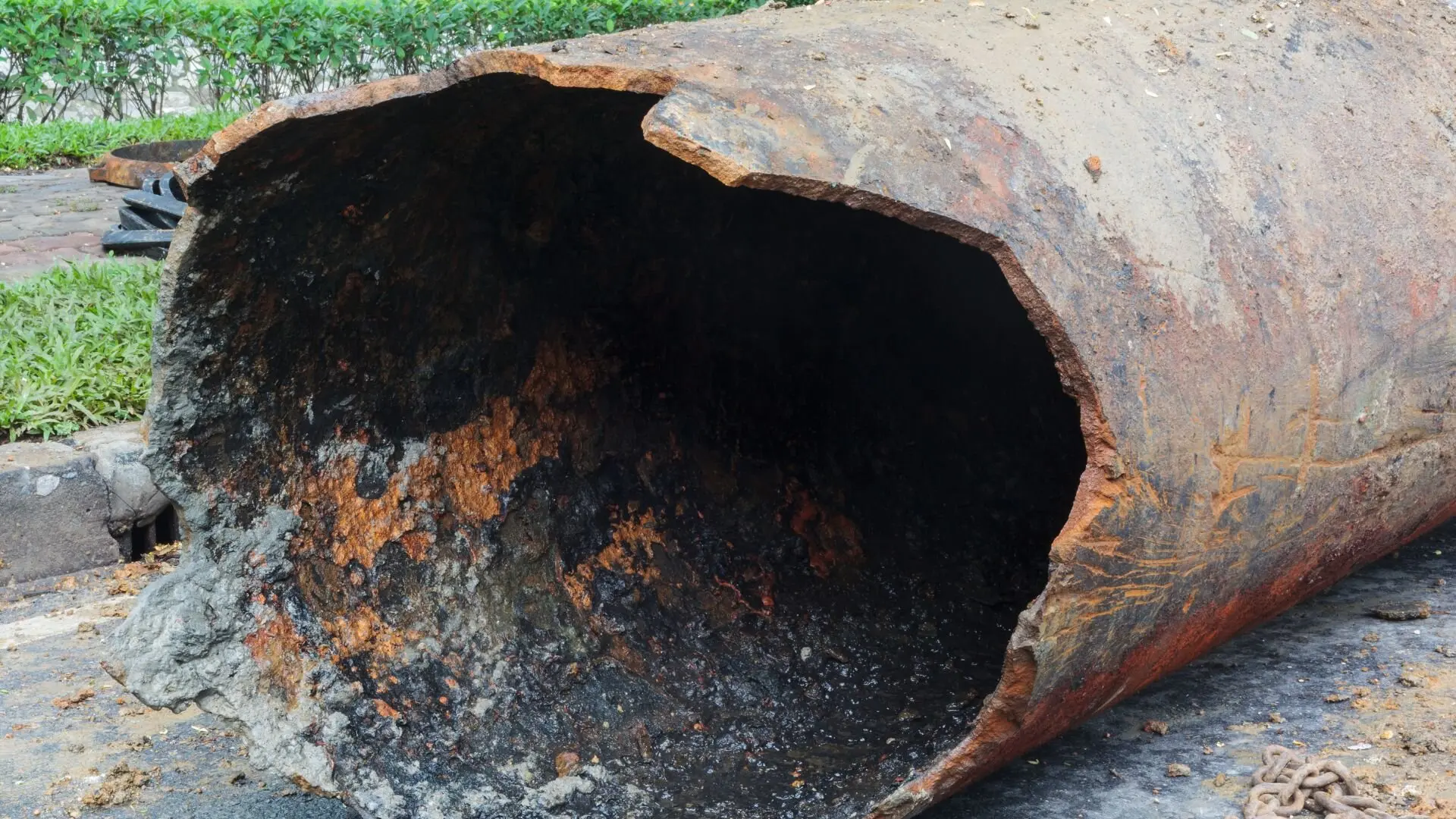
Pipe relining is also an eco-friendly option. Reducing the need for excavation helps prevent soil disturbance and cuts down on greenhouse gas emissions from heavy machinery. In an increasingly environmentally conscious world, relining provides a green solution.
Another significant benefit is the versatility of pipe relining. The technique can effectively address issues in various pipe materials and configurations, making it a go-to solution for a wide range of plumbing issues. Relining can likely provide a long-lasting fix, whether the problem lies in your sewer pipe or your home’s drainage system.
So, how does the pipe relining process work? First, a thorough inspection is conducted using specialised cameras to examine the interior of the pipe. Any debris or blockages are removed using high-pressure water or other tools. Then, a special resin-saturated liner is inserted into the damaged pipe. The liner is inflated and left to cure in place, creating a new, durable pipe within the existing one. Finally, the cured pipe is inspected to ensure a proper fit.
One of the most common methods of pipe relining is called CIPP or "cured-in-place piping". In this process, the resin used hardens and causes the liner to adhere to the inside walls of the old pipe when exposed to heat or UV light. The result is a seamless, jointless pipe that can last for decades.
When is Pipe Relining Recommended?
Pipe relining is often recommended as a solution for pipe repair when dealing with various plumbing issues. This minimally invasive technique is especially suitable when traditional pipe replacement would be too disruptive, time-consuming, or costly.
One of the most common scenarios where pipe relining is suggested is when the damaged pipe is located underground or in hard-to-reach areas. Since relining eliminates the need for extensive excavation, repairs can be done without digging up your lawn, driveway, or floors. This saves time and money and minimises the impact on your property.
Relining is also a great option when the damage to the pipe is relatively minor, such as small cracks, leaks, or root intrusion. In these cases, creating a new pipe within the existing one using the relining process can effectively resolve the issue and prevent future problems.
Another situation where pipe relining may be recommended is when the affected pipe is a critical part of your home’s drainage system, and you can’t afford extended downtime. The relining process is typically much faster than pipe replacement, allowing for a quicker return to normal plumbing use.
So, what do you need to know about the pipe relining process? Once the pipe is inspected, any debris or blockages are removed using specialised tools. Then, a liner coated with resin is inserted into the pipe and inflated. The resin hardens, creating a new, durable pipe within the old one. This brush coating technique results in a seamless, long-lasting solution for your pipe problems.
If you’re wondering how long pipe relining takes, the answer depends on the damage’s extent and the pipe’s size. However, most relining projects can be completed in a day or two, which is significantly faster than traditional pipe replacement.
The Pipe Relining Process Step-by-Step
Initial Pipe Inspection and Assessment
The pipe relining process begins with a thorough inspection of the damaged pipe. Plumbers use specialised cameras to assess the extent of the damage and determine if relining is a suitable solution. This initial assessment is crucial in planning the relining procedure and ensuring a successful outcome.
Pipe Cleaning and Preparation
Once the inspection is complete, the pipe is cleaned and prepared for relining. High-pressure water jetting or other specialised equipment is used in removing any debris, blockages, or tree roots. This step ensures that the pipe is clean and ready for the relining process.
Pipe Relining Techniques
There are two main pipe relining techniques: Cured-in-Place Pipe (CIPP) and Pull-in-Place (PIP). Both methods are minimally invasive and can be performed without the need for extensive excavation.
Cured-in-Place Pipe (CIPP) Relining
In CIPP relining, a flexible liner coated with resin is inserted into the damaged pipe. The liner is then inflated, pressing it against the walls of the existing pipe. Heat is used to cure the resin, creating a durable, seamless new pipe within the old one.
Pull-in-Place (PIP) Relining
PIP relining involves pulling a pre-fabricated liner into the damaged pipe. The liner is then inflated to fit snugly against the pipe walls, creating a new, smooth inner surface. This method is particularly useful for pipes with bends or curves.
Epoxy and Resin Application
In both CIPP and PIP relining, a special epoxy or resin is used to create the new pipe. The resin is applied to the liner using a brush coating technique, ensuring an even distribution. The type of resin used depends on the project’s specific requirements, such as the pipe material, diameter, and condition.
Curing the Relined Pipe
After the liner is inserted and inflated, the resin must be cured to harden and form the new pipe. Heat, either from steam or hot water, is typically used to cure the resin. The curing process causes the resin to harden, creating a strong, durable new pipe that can last for decades.
Post-Relining Inspection and Quality Checks
Once the relining process is complete, a final inspection is conducted to ensure that the new pipe is properly installed and functioning correctly. Cameras may be used to visually inspect the interior of the pipe or pressure tests may be conducted to check for leaks.
Reconnecting Plumbing and Site Restoration
Finally, any necessary plumbing connections are re-established, and the site is restored to its original condition. Pipe relining is minimally invasive, so there is typically minimal disruption to the surrounding area, and restoration is quick and easy.
Maintenance and Longevity of Relined Pipes
First and foremost, having your relined pipes inspected regularly is crucial. Even though relining is a long-lasting solution for pipe repair, it’s still important to keep an eye on your pipes to ensure they remain in good condition. Once the relined pipe is inspected, a professional plumber can identify any potential problems early on, allowing for prompt repairs if necessary.
During these inspections, your plumber will check for any signs of wear or damage to the relined pipe. They may use specialised cameras to examine the interior of the pipe, looking for any cracks, leaks, or other issues. Any debris or blockages found during the inspection can be removed using high-pressure water jetting or other techniques, ensuring that your pipes remain clear and free-flowing.
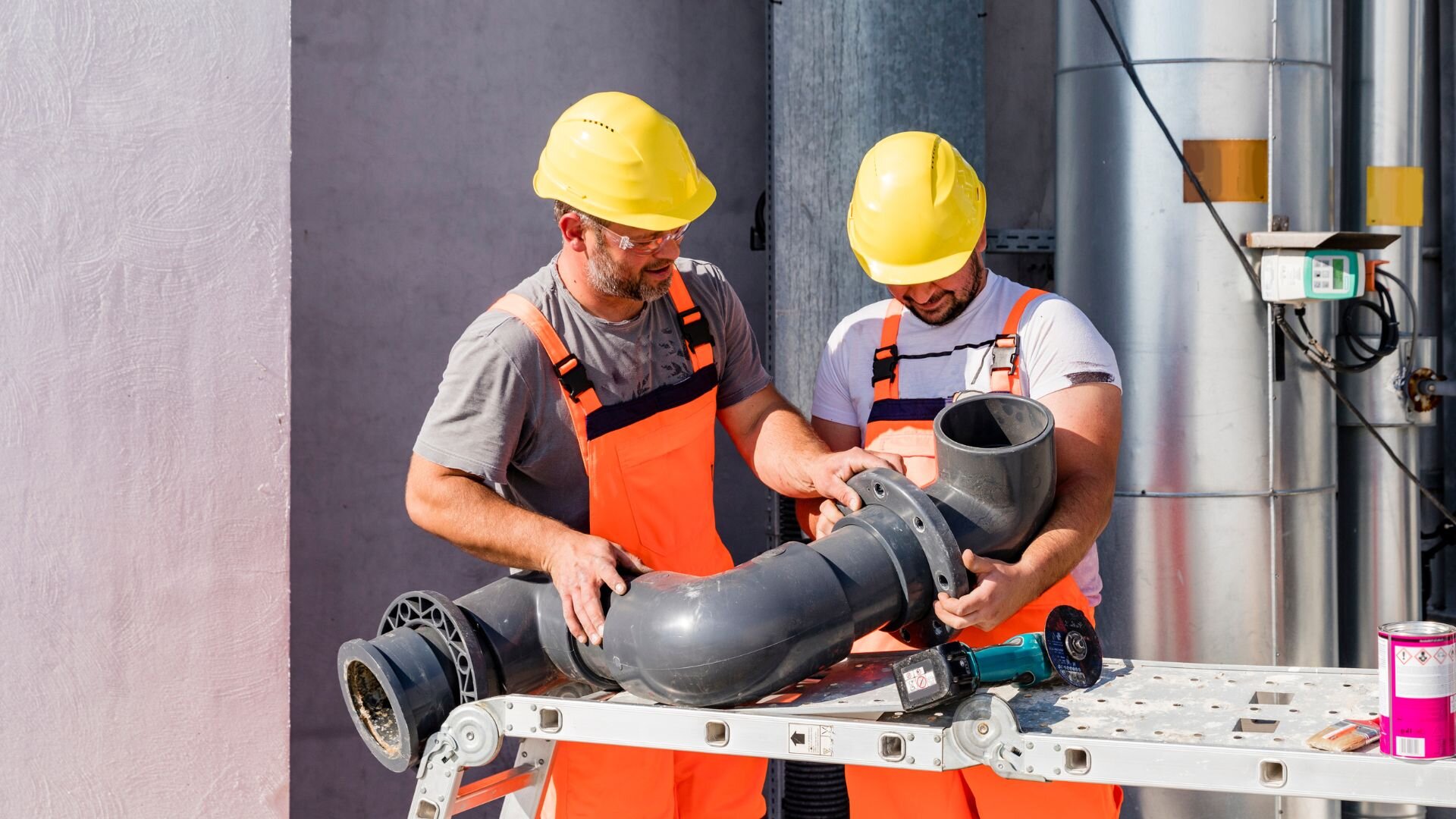
One of the great things about relined pipes is that they typically require less maintenance than traditional pipes. Because relining involves creating a new pipe within the existing one without the need for excavation, there are fewer joints and seams where leaks or other problems can develop. This means that you may be able to go longer between inspections and repairs, saving you time and hassle.
However, it’s still important to be mindful of what you put down your drains. Even with relined pipes, certain substances can cause damage or lead to blockages over time. Avoid pouring grease, oil, or other sticky substances down your drains, and be sure to dispose of coffee grounds, eggshells, and other solid waste in the bin rather than the sink. Doing so can help prevent plumbing issues that can arise even with relined pipes.
If you do encounter any plumbing issues with your relined pipes, it’s important to address them promptly. While pipe relining is generally a long-lasting solution, small problems can turn into bigger ones if left unchecked. Staying on top of maintenance and repairs can help ensure that your relined pipes continue to function properly for years to come.
In terms of longevity, relined pipes can last for several decades with proper care and maintenance. In fact, many experts believe that pipe relining can provide a long-lasting solution for pipe repair, with relined pipes lasting as long as 50 years.
Your Pipe Relining Solution: Trust Fixed Today
Pipe relining is a cost-effective and efficient solution for repairing damaged pipes without the need for extensive excavation. By creating a new pipe within the existing one using techniques like Cured-in-Place Pipe (CIPP), relining can address a wide range of plumbing issues, from cracks and leaks to root intrusion and corrosion.
Our pros at Fixed Today are all about delivering top-notch pipe relining services. We know how crucial it is to get it right the first go. So, we bring the best tech and techniques to the table, making sure your pipes are sorted swiftly and effectively.
When you choose Fixed Today for your pipe relining needs, you can trust that we will take care of everything from start to finish. Once your pipe is inspected, we will remove any debris and prepare the pipe for relining. Using the CIPP method, we will create a new, seamless pipe within the existing one, ensuring a long-lasting solution for your plumbing problems.
So, how long does pipe relining take? In most cases, our team can complete the entire process in just a few days, minimising disruption to your home or business. And with proper maintenance, your relined pipes can last for decades, providing you with peace of mind and reliable plumbing for years to come.
If you’re considering pipe relining as an alternative to traditional pipe replacement, contact us today to learn more about how we can help. Our team is always ready to answer your questions and provide you with the expert guidance you need to make an informed decision about your plumbing needs. Trust Fixed Today for all your pipe relining requirements and experience the difference that quality workmanship and exceptional customer service can make.

